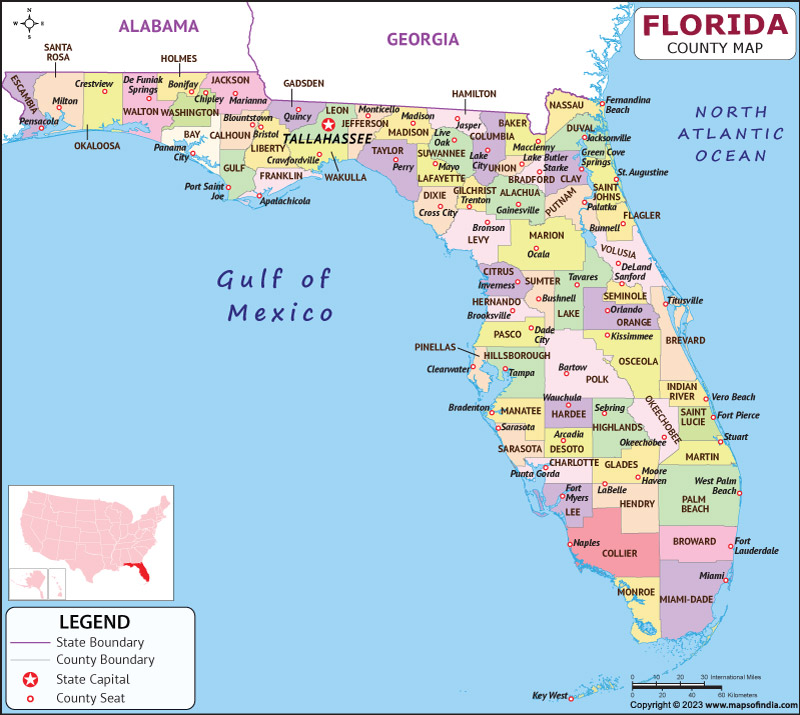Employee Sponsored Health Insurance

Employee-sponsored health insurance is a cornerstone of many organizations' benefits packages, offering employees and their families access to essential healthcare services. In today's dynamic business landscape, where employee well-being is a priority, understanding the intricacies of this coverage is crucial. This comprehensive guide aims to delve into the world of employee-sponsored health insurance, exploring its nuances, benefits, and implications for both employers and employees.
The Evolution of Employee-Sponsored Health Insurance

The concept of employee-sponsored health insurance has evolved significantly over the years, shaping the modern workplace and influencing employee satisfaction and retention. Its origins can be traced back to the post-World War II era, when companies began offering healthcare benefits to attract and retain talented workers.
In the early days, these plans were often simple and focused on covering basic medical expenses. However, as healthcare costs soared and medical technology advanced, employee health insurance plans became more complex and comprehensive. Today, these plans encompass a wide range of services, from routine check-ups and prescription medications to specialized treatments and mental health support.
Key Milestones in the History of Employee Health Insurance
- 1940s-1950s: The birth of employer-sponsored health insurance as a competitive benefit, with early plans covering hospital stays and basic medical care.
- 1960s-1970s: Expansion of coverage to include prescription drugs and preventive care, influenced by rising healthcare costs and evolving employee needs.
- 1980s-1990s: Introduction of managed care plans and Health Maintenance Organizations (HMOs), aiming to control costs and improve quality of care.
- 2000s-Present: Growing emphasis on wellness and preventative care, with the integration of health and wellness programs into insurance plans.
The Benefits of Employee-Sponsored Health Insurance

Employee-sponsored health insurance provides a multitude of advantages, impacting both the organization and its workforce.
Financial Protection for Employees
One of the primary benefits is the financial security it offers employees. In the United States, where healthcare costs can be exorbitant, having access to employer-sponsored insurance can mean the difference between manageable medical expenses and financial ruin. This coverage ensures employees can access necessary medical care without facing crippling financial burdens.
| Healthcare Cost Example | Average Cost (USD) |
|---|---|
| Routine Check-up | $200 - $300 |
| Specialist Consultation | $500 - $1,000 |
| Emergency Room Visit | $1,500 - $3,000 |
| Surgical Procedure | $10,000 - $50,000 |

With employee-sponsored health insurance, these costs are significantly reduced, often covered by the insurance plan or with a manageable copay or deductible.
Improved Employee Health and Productivity
Beyond financial protection, employee-sponsored health insurance promotes better overall health for the workforce. By providing access to preventive care, early detection, and ongoing management of chronic conditions, these plans can help employees maintain their well-being.
This, in turn, leads to increased productivity. Healthy employees are more likely to be present and engaged at work, contributing to higher output and better business outcomes. Additionally, employee health insurance plans often include mental health services, addressing a critical aspect of overall well-being that can significantly impact job performance.
Cost Savings for Employers
While the primary focus is often on the benefits to employees, employers also stand to gain from offering comprehensive health insurance.
One of the key advantages is the potential for reduced healthcare costs. By negotiating group rates with insurance providers, employers can often secure more favorable terms than individual employees would on their own. Additionally, a healthier workforce means lower absenteeism and presenteeism (when employees are present but unproductive due to health issues), leading to increased efficiency and reduced overhead costs.
Types of Employee Health Insurance Plans
Employee health insurance plans come in various forms, each with its own set of features and benefits. Understanding these different types is crucial for both employers and employees to make informed decisions.
Health Maintenance Organizations (HMOs)
HMOs are a popular choice for employee health insurance plans, known for their focus on preventive care and cost-effectiveness. In an HMO plan, members choose a primary care physician (PCP) who coordinates all their healthcare needs. This PCP acts as a gatekeeper, referring members to specialists within the HMO network when necessary.
One of the key advantages of HMOs is their affordability. With a fixed monthly premium and often lower out-of-pocket costs, they are an attractive option for employees. However, the trade-off is that members are generally required to stay within the HMO network for all their healthcare needs, which may limit their choice of providers.
Preferred Provider Organizations (PPOs)
PPOs offer more flexibility than HMOs, allowing members to choose their healthcare providers both within and outside the PPO network. This means employees have a wider range of options when selecting doctors and specialists.
While PPOs typically have higher premiums than HMOs, they often provide greater financial coverage. Members may be required to pay a deductible and a percentage of the cost for each service, but the plan usually covers a larger portion of the total expenses. This makes PPOs a good choice for employees who value the freedom to choose their healthcare providers.
Exclusive Provider Organizations (EPOs)
EPOs are similar to PPOs in that they offer a network of preferred providers. However, unlike PPOs, EPOs do not cover out-of-network services, except in emergencies. This means employees must use providers within the EPO network to receive coverage.
EPOs are often a cost-effective choice, as they can negotiate lower rates with their network providers. However, the lack of out-of-network coverage may be a drawback for employees who have established relationships with healthcare providers outside the network.
Point-of-Service (POS) Plans
POS plans combine elements of both HMOs and PPOs. Members typically choose a primary care physician and receive coordinated care within a network, similar to an HMO. However, they also have the option to receive out-of-network care, though at a higher cost.
POS plans offer a balance between the structure of HMOs and the flexibility of PPOs. They can be a good choice for employees who want the security of a coordinated care plan but also want the freedom to seek care outside the network when necessary.
High Deductible Health Plans (HDHPs)
HDHPs are a type of health insurance plan that has become increasingly popular in recent years. These plans have higher deductibles than traditional plans, meaning members must pay a larger portion of their healthcare costs out of pocket before the insurance coverage kicks in.
However, HDHPs are often paired with Health Savings Accounts (HSAs), which allow members to save pre-tax dollars specifically for healthcare expenses. This can be a tax-efficient way to manage healthcare costs, particularly for employees who are generally healthy and don't anticipate frequent medical expenses.
Key Considerations for Employers
When designing employee health insurance plans, employers must navigate a complex landscape of regulations, costs, and employee needs. Here are some key considerations to keep in mind.
Compliance with Healthcare Regulations
Employers must ensure their health insurance plans comply with relevant healthcare regulations, such as the Affordable Care Act (ACA) in the United States. This includes offering minimum essential coverage and avoiding discriminatory practices in plan design and administration.
Cost Management
Healthcare costs are a significant expense for employers. To manage these costs effectively, employers can consider strategies such as negotiating better rates with insurance providers, implementing wellness programs to improve employee health, and offering incentives for employees to choose cost-effective plan options.
Employee Engagement and Communication
Effective communication is key to ensuring employees understand their health insurance benefits and make informed choices. Employers should provide clear and concise information about plan options, costs, and coverage during open enrollment periods. Additionally, offering ongoing support and resources to help employees navigate their healthcare options can lead to better utilization of the plans.
The Future of Employee-Sponsored Health Insurance

As the healthcare landscape continues to evolve, so too will employee-sponsored health insurance. Here are some trends and predictions for the future.
Emphasis on Preventive Care and Wellness
The focus on preventive care and employee wellness is likely to continue growing. This includes the integration of wellness programs, such as fitness challenges, nutritional guidance, and stress management initiatives, into health insurance plans. By investing in employee well-being, employers can expect to see improved health outcomes and reduced healthcare costs over time.
Technology Integration
Technology will play an increasingly important role in employee health insurance. From digital health records to telemedicine services and health apps, technology can streamline healthcare delivery, improve access to care, and provide valuable health insights to both employees and employers.
Tailored Benefits Packages
In the future, we may see a shift towards more personalized benefits packages. Employers may offer a menu of health insurance options, allowing employees to choose the plan that best fits their individual needs and preferences. This could include different levels of coverage, from basic plans to more comprehensive options, and the inclusion of specific benefits like vision or dental care.
Global Perspective
For multinational companies, navigating the complexities of employee health insurance in different countries will remain a challenge. Employers will need to stay informed about global healthcare trends and regulations, ensuring they provide competitive benefits packages to their international workforce.
Conclusion
Employee-sponsored health insurance is a critical component of the modern workplace, impacting the well-being and productivity of employees while also shaping the bottom line for employers. By understanding the history, benefits, and evolving trends in this area, organizations can make informed decisions to create robust and appealing benefits packages.
As we move forward, the focus on employee health and well-being will only intensify, shaping the future of work and the employee experience.
How do employee-sponsored health insurance plans impact employee recruitment and retention?
+Offering comprehensive health insurance can be a significant draw for potential employees, especially in industries where skilled workers are in high demand. It shows a commitment to employee well-being and can make a company more attractive to top talent. Additionally, it can contribute to higher employee satisfaction and loyalty, leading to better retention rates.
What are some common challenges employers face when managing employee health insurance plans?
+Employers often grapple with rising healthcare costs, complex regulations, and the need to balance employee needs with budgetary constraints. Additionally, they must navigate the complexities of plan design, provider networks, and employee communication to ensure the health insurance plans are effective and well-utilized.
How can employees make the most of their health insurance benefits?
+Employees should take the time to understand their health insurance plan, including its coverage, deductibles, and out-of-pocket expenses. They should also utilize preventive care services and take advantage of any wellness programs offered. By being proactive about their health and engaging with their insurance plan, employees can maximize the benefits and ensure they receive the care they need.



